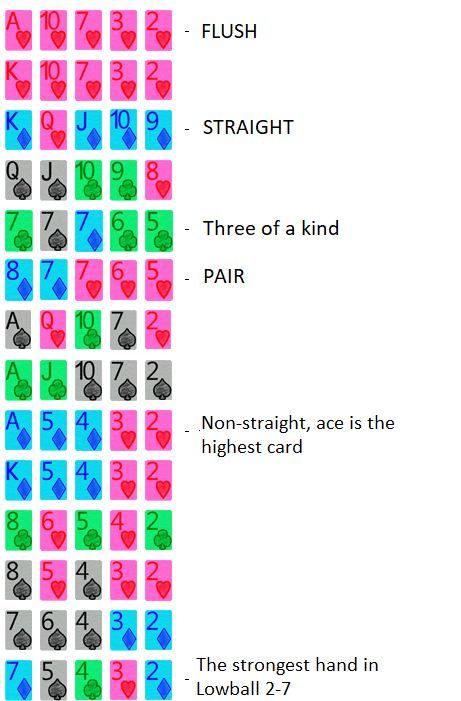Используй промокод - POKERDOM7777
- Бонусная игра для слота Book of Sun: Choice
 After placing the mandatory bets, the main game begins. Each participant is dealt five cards face down, which means they are not visible to opponents. After that, the poker player to the left of the big blind initiates a round of betting. During this round, the following actions are available:
After placing the mandatory bets, the main game begins. Each participant is dealt five cards face down, which means they are not visible to opponents. After that, the poker player to the left of the big blind initiates a round of betting. During this round, the following actions are available:

